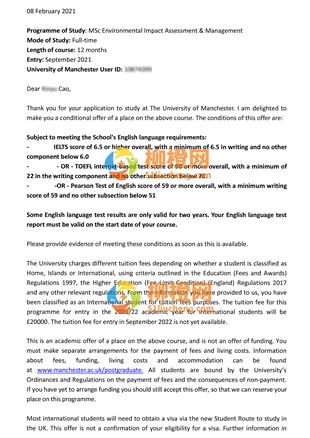
2013Times英国大学排名:地理与环境科学专业
简介:Geography and environmental sciences have been benefiting from growing interest in “green” issues among prospective students. Both fared better than the national average when higher fees arrived in 2012, with environmental science even enjoying increased applications. Physical geography was down by 5 per cent and human and social geography by only by 3 per cent in the spring of 2012, although physical remained the bigger draw. There was little between them in terms of competition for places. Cambridge has maintained its lead over Oxford in this year’s ranking, with the highest entry standards and one of the best research scores. The top four all had 30 per cent of their research rated as world-leading in the 2008 assessments. Chester, at equal 33, has become the leading post-1992 university, and has the most satisfied students, while the fifth-placed London School of Economics has by far the best of generally mediocre set of employment scores. Only nine of the 72 universities saw 70 per cent or more of leavers go straight into graduate jobs or further study and the proportion dropped below 40 per cent at five of them. Fluctuating fortunes in the graduate employment market are the main factor behind some big changes of position in the table. Sheffield has jumped eight places to sixth, for example, while St Andrews has dropped from eighth to 25th place. Glasgow is now the leader in Scotland, a fraction of a point ahead of Edinburgh. Similarly in Wales, Cardiff is less than a point ahead of Aberystwyth. Entry scores have risen in this year’s table. Even after the introduction of A* grades, only three universities average more than 500 points, but another 18 (compared with 13 last year) top 400 points. The subjects are in the bottom half of the employment and salaries tables. In the latest survey, a third of graduates were in low-level jobs six months after completing their courses, although the 8 per cent unemployment rate was better than average for all subjects.






















































